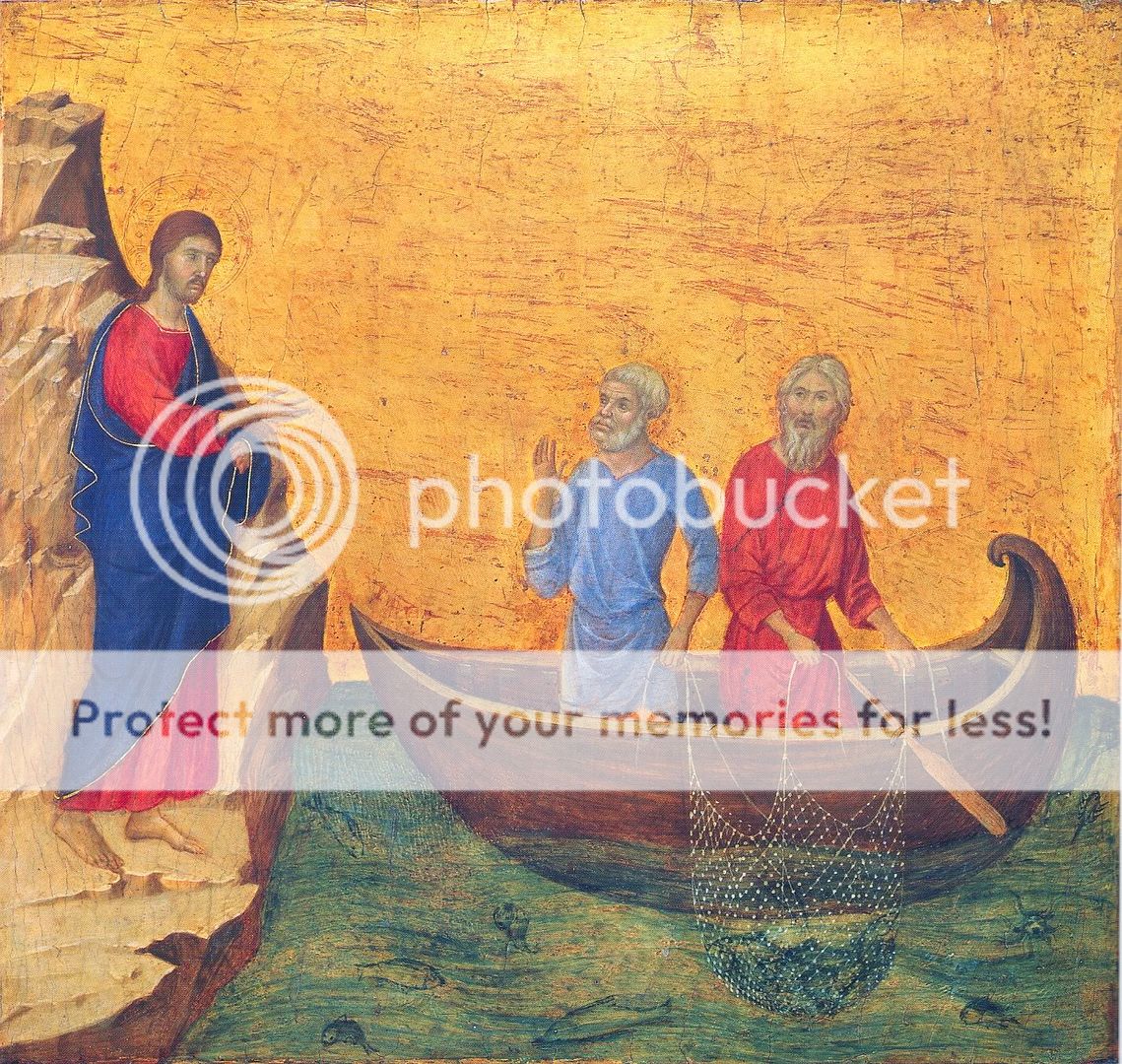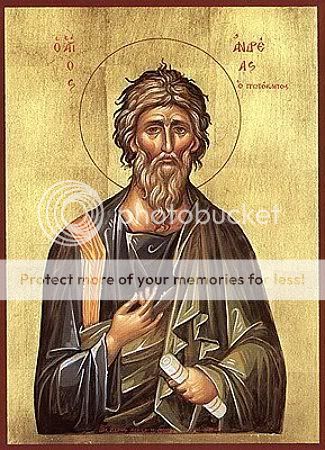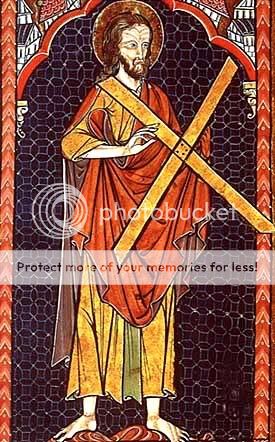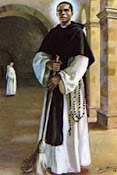
Very many of the greatest of God's saints are lifetime examples of the lesson from Job. No matter the humiliation, false witness or wrong doing against them, these great examples of God's children retain a love that only grows as carry their crosses without complaint.
Today's Dominican blessed is one of these heavenly creatures. Blessed Lucy was born in Narni on 13 November 1476. Even as a baby inthe cradle, there were signs that she was no ordinary child; both her nurses and mother were used to seeing baby Lucy visited daily by an unknown religious dressed in the Dominican habit, taking her from her cradle, embracing her tenderly, and gaving Lucy her blessing. (It was said the visitor's majestic appearance seemed something more than human.
As a very young child she foreshadowed her holy life and devotion by being drawn to pious objects. When she was only four years old, her mother's brother, Don Simon, came on avisit to his sister's house, and brought with him from Rome various toys and presents for the children. Lucy immediately choose a rosary and a small statue of the Infant Jesus; she called it "Christarello" and it was a cherished object of her devotion.
Even at that young age, she preferred solitude during her personal devotions. Another uncle had a room in his house where the ceiling was painted with a picture of angels. It was in this room she received her life changing vision when she was only seven years old. She had the vision of Jesus, Mary, St. Dominic, St. Catherine of Siena and many other saints. It was during this vision that Jesus espoused her to Himself and St. Dominic bestowed the scapular of the Dominicans. She wore this scapular under her regular clothes secretly until she was old enough to assume it publically.
After the time of her childhood vision, she was granted many holy graces including the gift of prophesy. Later she had stigmata.
Her parents died when she was young and she was in the care of one of her uncles who wanted to "marry her off." She did not want to break her vow of virginity or betrothal to Jesus. She received a vision from Mary, St. Dominic and St. Catherine of Siena instructing her to marry Count Pietro of Milan but to live as Mary and Joseph did. Thus, she married and maintained a large household. The house was managed like a religious community with Lucy dressing as one of the servants as she performed the household chores with them and became a benefactress of the poor. While it appears her husband was very caring and patient, four years into the marriage saw friction and Lucy received a vision with divine instructions to pursue the life of a religious.
She returned to her mother's house and took the habit of a Dominican tertiary. In trying to help, her uncles procurred her admission in the monastery of St. Catherine of Sienna at Rome. Although she tried to hide her stigmata and other spiritual favors from even the other sisters, her piety became well known; she stayed there only a year. The General of the Dominican Order, Father Joachim Turriano, chose her as the prioress on the foundation of a new convent at Viterbo though she was only twenty years old. The General only sent five other women for the new convent but great crowds applied for admission when it became known she was the prioress of the new convent. It was during this time there was a last meeting of Blessed Lucy and her husband Count Pietro. Pietro became a Franciscan Friar Minor and lived out his life as such, becoming known for his piety.
It is from this point that the life of Blessed Lucy becomes one of constant trial and lonely burden. The accounts vary in many of the details and circumstances. To shorten some of the long details, the following is a very general summary of events most agreed upon in various accounts.
Lucy was held in universal esteem for her sanctity, miracles and prophesy. After three years at Viterbo, she was called upon to found a convent in Narni. The founding of the convent had Duke Hercules of Ferrara as its founding benefactor. Because of her fame, the Duke pursuaded the pope to order Lucy to Rome to be the convent's perpetual prioress. Pope Alexander VI granted the new convent many singular priviledges and declared Lucy to have followed the footsteps of St. Catherine of Sienna in all things. Lucy had prayed to found a convent that would observe only strict observance and it appeared at first her prayers had been answered. In this convent, her own mother received the habit from her along with many other noble ladies of Ferrara.
The first of the great disasterous situations happened because of the transfer of Lucy from Vieterbo to Narni. Vieterbo loved have a mystic celebrity to call their own and did not want Lucy to leave. The rivalry between Vieterbo and Narni over the Lucy lasted for two years in the form of bloody and lethal battles. This was a great trial for her as she had to endure the grief of the violence and loss of life done in her name while having no say.
A second burden for Lucy was the failure of many of the women to adhere to the strict holy observance she wanted greatly desired for the convent. She would call out her companions on their evils and they would later show their spitefulness toward her for their own failings.
The third great burden for Blessed Lucy was the widespread fame and attention drawn by her mystical gifts. Crowds flocked the gate of her convent. She had the extreme favor of the Duke and the Pope. The Duke of Ferrara often showed her off like a prize and insisted she expose her mystical gifts, like the wounds of her stigmata, on demand like a circus performer. Humiliated by people the likes of the Duke and embarrassed by the popular applause and fame the world was giving her, she begged Jesus to remove her stigmata since it was the cause of all her unworthy veneration. Jesus removed the wounds on her hands and feet but the wound in her side remained her entire life because it was hidden from the view of others. When her stigmata was no longer visible, unworthy and vindictive sisters in the convent claimed she had been faking her gifts all along.
The combinaton of the visibility of her stigmata with the death of the Duke of Ferrara (who was misguided but at least protected her) gave the revengeful members of her community the opportunity to conspire against her. They publicly accused her of fraud claiming they saw her trying to create stigmata wounds with a knife. They were so convincing in their false accusations that they persuaded the heads of the Dominican Order and the Pope of their lies. They demanded she be removed as prioress and a new one installed. Pope Alexander removed all priviledges formelly granted her. The Dominican provincial would not let any member of the Order see her. She was degraded from her office of prioress, deprived of everyright and voice in the community, and placed below the youngest novice in the house. She was forbidden to speak to any one (in or out of the convent, religiuos or secular) except the confessor - her regular confessor was taken from her and her new one was appointed and prejudiced against her. She was kept in a strict imprisonment and treated as if she was the one of the worst of criminals. Even when she was very ill, which was often, she was ignored by her community and left to suffer alone. Nuns in the convent who had been professed at her hands made their professions over again to the new prioress, as if their vows formerly made to her had been invalid.
She lived in this exteme state of desolation for the rest of her life, thirty nine years!
She bore her heavy cross without a murmur. She alone lived the strict observance of her convent to be a silent witness of the wickedness of her companions. Her life was a long prayer for her persecutors, and we are assured that no sorrow or regret ever seemed to shadow the deep tranquillity of her soul! The Lord at least did not let her be without consolation as she was often visited by Jesus and His saints. Her last wishes were for the well being and forgiveness of the community that has so wrongly foresaken her.
















































